One of the most powerful things you can do to strengthen your resume is to put a strong Summary section above the fold.
A resume’s professional summary is the first thing a hiring manager will read, and it occupies the most prominent real estate on the page.
A great Summary section acts like an attention-grabbing headline and shows the overarching theme of your resume It includes:
- Your industry and area of specialty.
- Key outcomes (the benefits that result from your work).
- The business problems your background enables you to solve.
Here are a few examples:
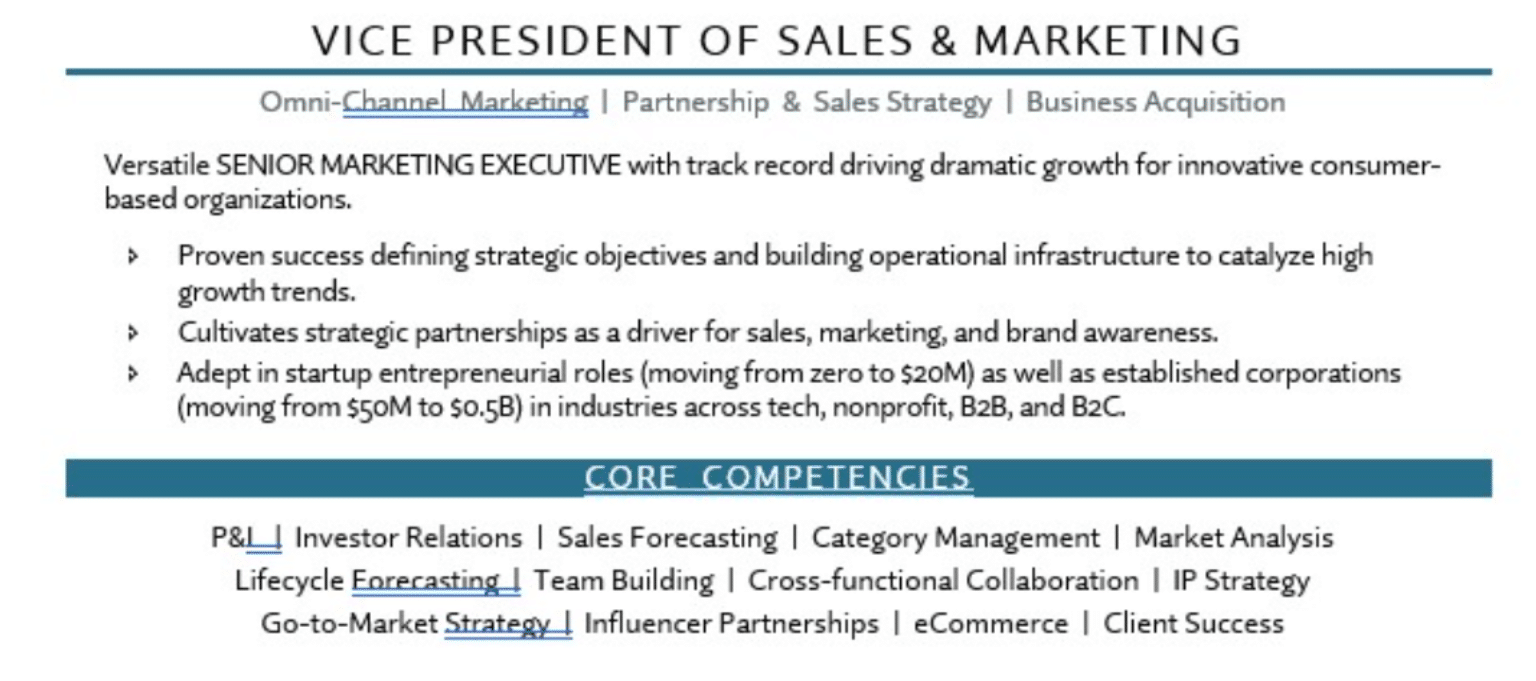
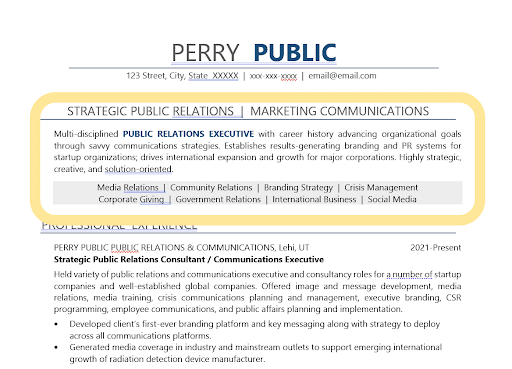
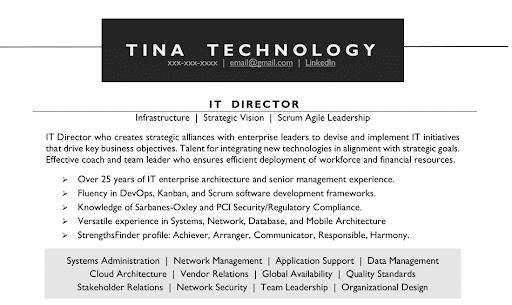
You’ll see this section also called Highlights, Summary of Qualifications, Key Qualifications, and Overview. Whichever heading you choose to use, it’s a crucial element of a successful resume. Your Summary section is a resume section that many people misuse or overlook entirely.
The Summary section functions as a condensed version of your resume. It briefly calls out your strongest qualifications, those items that are most likely to influence a hiring manager.
Think of the Summary section as a movie trailer.
It quickly conveys the high points, which whets the appetite and increases interest in reading the further detail in the long version.
Let’s talk about what you don’t want in a Summary section:
Seeking a challenging position to leverage my extensive skills.
Whoops, that’s an Objective statement. It makes the tragic mistake of telling a potential employer what you want rather than what you can offer them.
Dynamic, accomplished professional who offers a unique background that provides a solid foundation of knowledge and skills. Highly analytical, innovative, and organized….
This one is much longer and more detailed, but equally vague, boring, and uninformative. It could apply to virtually any applicant for any job! And remember, the confused mind almost always says no. Does this peg the applicant as a clear match with key job qualifications? No? Then into the reject pile, it goes.
There are really only 2 crucial steps to writing a great Summary section.
First, identify yourself.
Do the hiring manager a solid by telling them exactly who you are and what you do. In life, labeling people can be bad. In resumes, it’s good because it makes it easier to understand and remember.
Then, make some promises.
Tell what you bring to the table and how you can benefit the organization. These promises show that you’re that rare and wonderful applicant who is focused on filling company needs. They also make the hiring manager think, “Yes! That’s what we’re looking for!”
Like this:
Top-performing Marketing Executive with a history of exceeding benchmarks.
This is concrete and specific. It labels you (a Marketing Executive), and it makes promises of what you bring to the table (exceeding benchmarks).
Here are a few more examples of strong starters from Profile sections we’ve written for clients recently:
Highly adaptable Product Manager with 15+ years’ experience championing new multi-million-dollar product lines from ideation to market.
Field Manager with a career history opening new territories, product lines, and customer segments. Talent for devising sales and marketing strategies that address client needs, market constraints, and product features.
Property Manager with over 20 years experience maintaining financial control and asset value of residential and commercial properties.
Each of these gives a hiring manager an easy way to categorize who you are and what you do. And each is about filling needs by offering value to the potential employer.
To flesh out a Summary section, you can add a few more sentences and/or bullet points outlining your key skills. Imagine the qualifications and deliverables most likely to be at the top of the hiring manager’s wish list.
It’s also a smart strategy to include a list of skills or core competencies. The best way to build this section is to review real job descriptions and grab key terms. This will increase your ATS score and check off items from a hiring manager’s wish list.
Invest in your career today by taking 5 minutes to pull out your resume and assess your Summary section.
Don’t have one? Add it!
Have a Summary section that’s really more like a self-centered Objective statement? Turn things around by identifying yourself and making some promises.
And if you’re ready to work with an expert resume writer who’s trained in crafting impactful Summary sections, you know who to call.
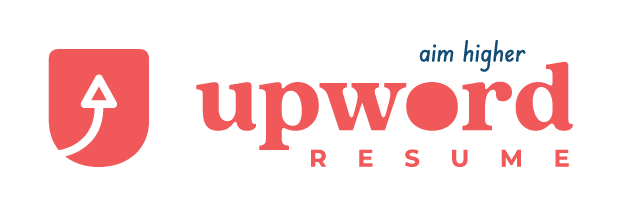
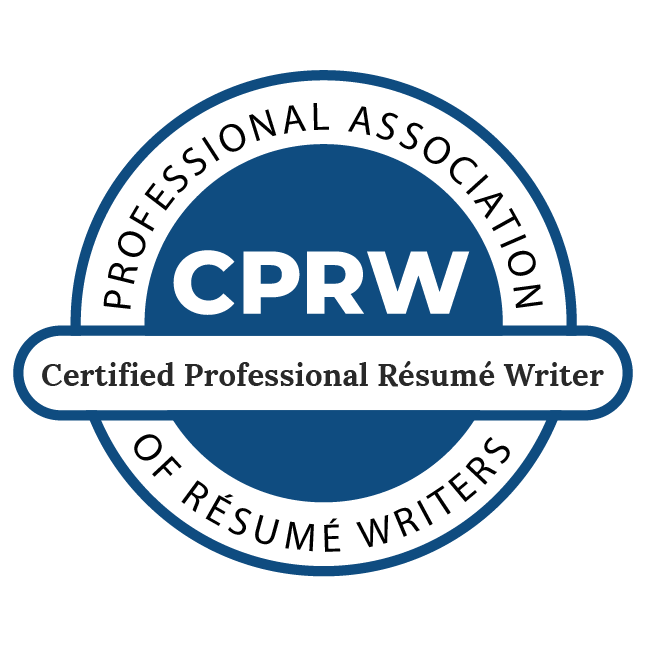
Comments are closed.